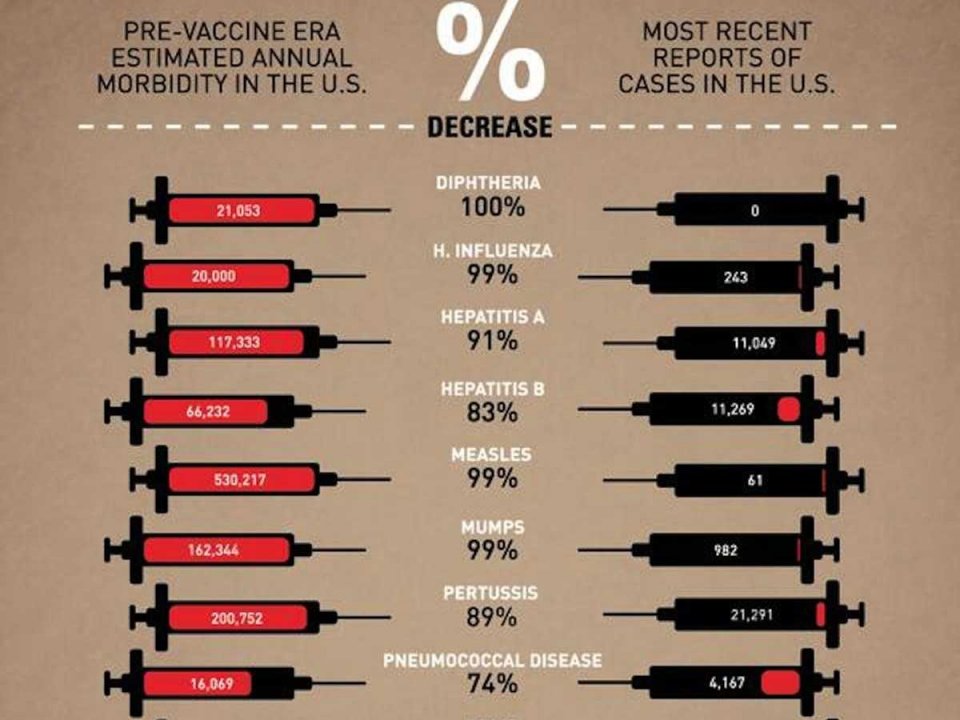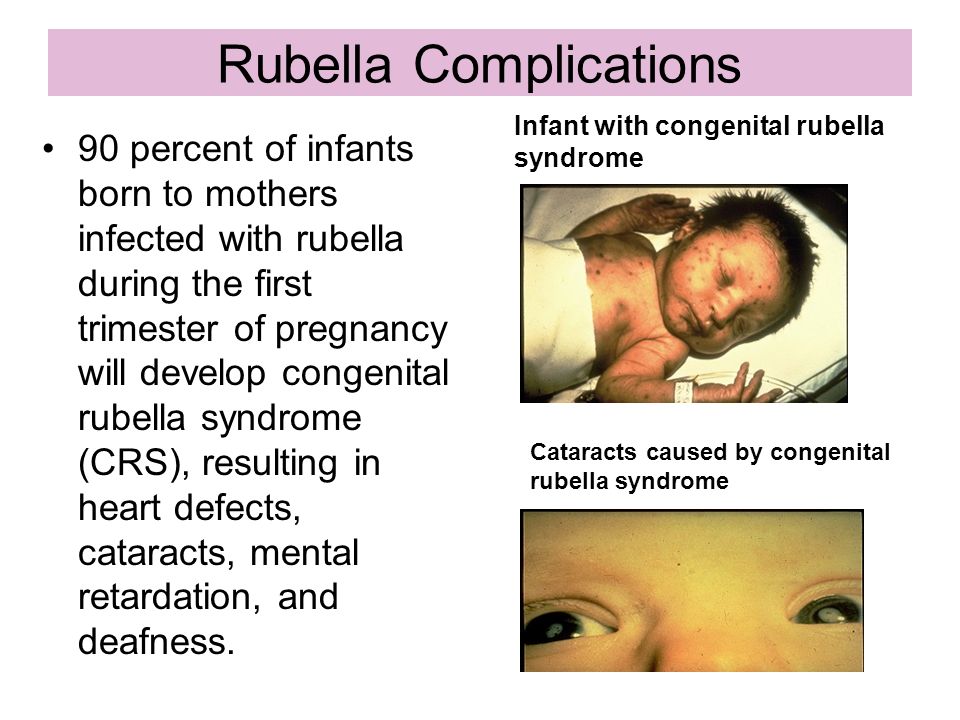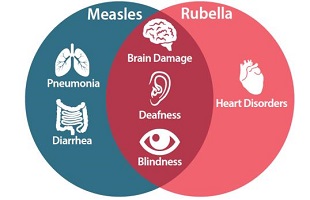What was life like before vaccines? Part III
In Part I of this three-part series about virus protection, I reported that an immigrant toddler, newly arrived in Ecuador, had contracted the measles. In response, Cuenca’s Ministry of Health is offering the measles/rubella vaccine at all public health clinics. All those who had never had the measles, or h ad never been vaccinated, should take advantage and get inoculated. If you travel frequently, there’s no harm in being re-vaccinated with this safe and painless measles/rubella vaccination.
ad never been vaccinated, should take advantage and get inoculated. If you travel frequently, there’s no harm in being re-vaccinated with this safe and painless measles/rubella vaccination.
In Part II, I counter some common myths about vaccinations with facts and science. In the article, I review the disturbing statistics about measles, including that before vaccination became widespread, measles killed more than 2.6 million people yearly. In certain disadvantaged areas of the world, this severely contagious disease is still found, as is polio, rubella, whooping cough (pertussis), and other diseases for which vaccinations have been instrumental in eliminating in more advantaged countries.

Vaccination statistics 2015 CDC
Today diseases believed to be eradicated are resurgent, including measles and pertussis. Even polio! Some readers insist that vaccines are unnecessary and claim that it’s their “right” to not be vaccinated. That type of thinking contributes to the resurgence of measles in places as disparate as rich communities in California and Texas and poor immigrant communities in Minnesota.
Some parents keep their kids home from school rather than comply with the prevention that the measles/mumps/rubella vaccine confers. As reported in Healthline.com, “Attorney Teri Dobbins Baxter, writing in the University of Cincinnati Law Review, argued that parents’ rights not to vaccinate, “… does not absolve them of their duty to exercise ordinary care to prevent causing harm to others.”

Child with smallpox — Bangladesh
Smallpox. As reported in Forbes.com, “The success of the smallpox eradication program is evidenced by the fact that many people today don’t even remember how awful smallpox was. Caused by the Variola major virus, smallpox killed a third of people infected and over 300 million people in the 20th century alone. Even when people survived the disease, they often suffered blindness and disfigurement from the blisters caused by the disease.”
TheHistoryofVaccines.org reports, “If a particular disease is eliminated worldwide, it’s considered eradicated. To date, only one infectious disease that affects humans has been eradicated. In 1980, after decades of efforts by the World Health Organization (WHO), the World Health Assembly endorsed a statement declaring smallpox eradicated. Coordinated efforts rid the world of a disease that had once killed up to 35% of its victims and left others scarred or blind.
Smallpox eradication was accomplished with a combination of focused surveillance — quickly identifying new smallpox cases — and ring vaccination. “Ring vaccination” meant that anyone who could have been exposed to a smallpox patient was tracked down and vaccinated as quickly as possible, effectively controlling the disease and preventing its further spread. The last case of wild smallpox occurred in Somalia in 1977.”
Thanks to the success of the vaccination, the last natural outbreak of smallpox in the U.S. occurred in 1949. Ecuador began a campaign in 1958 and eradicated the disease in 1961. Brazil’s last case was detected as recently as 1971, and Indonesia’s in 1972.
Margot Smith, DrPH, a retired social scientist in Berkeley, California, is an advocate for universal health care and economic justice.
Writing for Berkeley Wellness Dr. Smith describes an idyllic childhood in the 1930s, playing with her friends in the street until her mother called her in for dinner. But periodically each year the peaceful fabric of her life was disturbed. Epidemics of scarlet fever, mumps, measles, German measles (rubella), chicken pox, and whooping cough (pertussis) were regular unwanted visitors. Families were quarantined, sickness was common, as were deaths.
Polio. For Dr. Smith’s parents, polio was a major fear. She writes, “In summer, public swimming pools were closed because of polio, which thrived in the summer months.

Peak of the early 20th century epidemic
The consequences of polio were serious: children lost the ability to walk, to breathe, and to use a limb. Hospitals had wards full of patients living out their lives in iron lungs.” A particularly severe epidemic in 1947 caused more than 7,000 cases of paralysis and more than 600 deaths in England and Wales alone.

Iron lung at Museo de Historia de la Medicina, 12 de Abril, Cuenca, EC (credit R. Potenza)

Nigeria battles to defeat polio
As reported in the journal The Lancet, “The disease remains entrenched in three countries—Afghanistan, Nigeria, and Pakistan—where social, political, and logistical factors prevent effective vaccination campaigns and lead to export of virus to countries that have previously been free of the disease.”
Diphtheria: Dr. Smith’s parents were fearful, with good cause. Her mother lost three siblings to diphtheria as a child — in an epidemic of the 1870s four members of the British royal family died of diphtheria. Diphtheria is an acute respiratory disease, with dire complications including heart muscle damage, nerve damage, paralysis, respiratory failure, and pneumonia. It was once a major cause of illness and death, especially in children. In 1921 there were 206,000 cases of diphtheria in the U.S., resulting in 15,520 deaths. The first successful vaccine for diphtheria was in 1923 — between 2004 and 2011 there were no reported cases in the U.S.
But in other places, they’re not so lucky. In Indonesia, Pakistan, and other places where the vaccine is not available there are outbreaks of this preventable disease.
German measles (rubella): this virus is capable of causing miscarriage, stillbirth, or severe birth impairments when it infects pregnant women. Before a vaccine was available, 200-300 infants with congenital rubella syndrome were born in the UK each year. Since the introduction of the MMR vaccine in 1988, rubella has become extremely rare – there have been just eight confirmed in the UK since 2013. However, the Americas region (the entire Western Hemisphere) declared that, first in the world, to be free of endemic transmission of rubella.

Infant with congenital rubella syndrome. 90 percent of infants born to mothers infected with rubella during the first trimester of pregnancy will develop congenital rubella syndrome (CRS), resulting in heart defects, cataracts, mental retardation, and deafness. Cataracts caused by congenital rubella syndrome.
Measles. In 1912-1922, there were 6,000 deaths due to measles reported in the U.S., and 48,000 infected people were hospitalized. Complications include respiratory distress, ear infections, hearing loss, seizures, hepatitis, and eye infections. Potentially fatal complications include neural and heart complications and pneumonia.
The Pan American Health Organization and the World Health Organization (PAHO/WHO) describes the successful outcome from concerted efforts to vaccinate measles, mumps, and rubella allowed them to declare measles eliminated from the Americas in 2016. However, the highly contagious nature of the measles virus and the fact that both it and the rubella virus continue to circulate in the rest of the world means the Americas Region is now at risk of outbreaks.
On March 31, 2018, The WHO issued a warning regarding the ongoing measles outbreaks in the Americas and Europe stating that health officials should redouble efforts to vaccinate their populations.
PrecisionVaccinations.com quotes Peter Hotez, MD, PhD, FASTMH, FAAP, Dean, National School of Tropical Medicine, Baylor College of Medicine: “I’m deeply concerned that the return of measles to Venezuela and adjoining nations Colombia and Brazil, together with new measles outbreaks in Minnesota in 2017, and now in 2018, Texas and Kansas, could represent an ominous trend for the Western Hemisphere.”
Dr. Smith writes, “The success of smallpox vaccination and the identification of specific germs led to a search for vaccines for other diseases. In my lifetime, these vaccines now protect my children and grandchildren from devastating diseases. We no longer fear epidemics and deaths from these childhood dangers because vaccination prevents them and we have antibiotics to treat them. Because so many people are vaccinated, these diseases are no longer commonplace. Although not all children are vaccinated, these diseases are under control. Epidemiologists call this the “herd effect”— protection from infectious diseases that happens when most of a population is immune and thereby protects those who are not immune. I for one am grateful that these deadly illnesses are no longer prevalent.” Dr. Smith’s list of vaccines:
- 1923: diphtheria
- 1924: tetanus
- 1940: pertussis (whooping cough)
- 1961: poliomyelitis (polio)
- 1963: measles
- 1967: mumps
- 1969: rubella (German measles)
- 1994: hepatitis B
- 1995: varicella (chickenpox)
Besides Dr. Smith’s list, see the WHO’s list of available vaccines, including for cholera, dengue, hepatitis A, B, and E, yellow fever, influenza, HPV, rabies and more. They also include a list of “pipeline vaccines,” diseases for which vaccines are in development, including a universal influenza vaccine and HIV-1.
And of course, if you’re traveling, be sure to stay up-to-date on vaccines required in your destination country. The Centers for Disease Control has a nifty website where you can punch in your destination (Afganistan to Zimbabwe), and choose what type of traveler you are — for example, if you’re visiting friends/family, or pregnant, or conducting mission/relief work — and get current vaccination recommendations and requirements from your host country.
Vaccines protect travelers from serious diseases. Depending on where you travel, you may come into contact with diseases that are rare in the United States, like yellow fever. Some vaccines may also be required for you to travel to certain places.
Getting vaccinated will help keep you safe and healthy while you’re traveling. It will also help make sure that you don’t bring any serious diseases home to your family, friends, and community.
By the way, stay current with your pet’s vaccinations!  The American Veterinary Medicine Association writes, “Experts agree that widespread use of vaccinations within the last century has prevented death and disease in millions of animals.” As Dr. Ken Tudor, writing for PetMD.com says, “rabies vaccines are not given to pets to protect the animal, they are given to protect humans.” He says, “… with the exception of three children in recent years, rabies is always fatal once a human begins to display symptoms.” For more information about the safety and efficacy of canine and feline vaccines, log on to the UC Davis Veterinary Medicine website Canine & Feline Vaccination Guidelines.
The American Veterinary Medicine Association writes, “Experts agree that widespread use of vaccinations within the last century has prevented death and disease in millions of animals.” As Dr. Ken Tudor, writing for PetMD.com says, “rabies vaccines are not given to pets to protect the animal, they are given to protect humans.” He says, “… with the exception of three children in recent years, rabies is always fatal once a human begins to display symptoms.” For more information about the safety and efficacy of canine and feline vaccines, log on to the UC Davis Veterinary Medicine website Canine & Feline Vaccination Guidelines.
Susan Burke March, a Cuenca expat, is a Registered and Licensed Dietitian, a Certified Diabetes Educator who specializes in smart solutions for weight loss and diabetes-related weight management. She is the author of Making Weight Control Second Nature: Living Thin Naturally—a fun and informative book intended to liberate serial dieters and make healthy living and weight control both possible and instinctual over the long term. Do you have a food, nutrition or health question? Write to her – SusanTheDietitian@gmail.com
Sources
American Veterinary Medical Association. Vaccinations.
Berkeley Wellness. Life Before Vaccines: My Story by Margot Smith, DRPH
Center for Disease Control & Prevention. Travelers Health.
Forbes.com. Smallpox could return years after eradication.
Pan American Health Organization. Americas region is declared the world’s first to eliminate rubella.
PetMD.com. Vaccination Opt Out Letters.
PrecisionVaccinations.com. WHO issued measles warning for the Americas.
The History of Vaccines: An Educational Resource by The College of Physicians of Philadelphia. Disease Eradication.
The Lancet. Infectious Diseases: 2018 must be the final target for polio eradication.
World Economic Forum. What was the world like before vaccinations?
World Health Organization. Six common misconceptions about immunization.
World Health Organization. Vaccines and diseases.


















